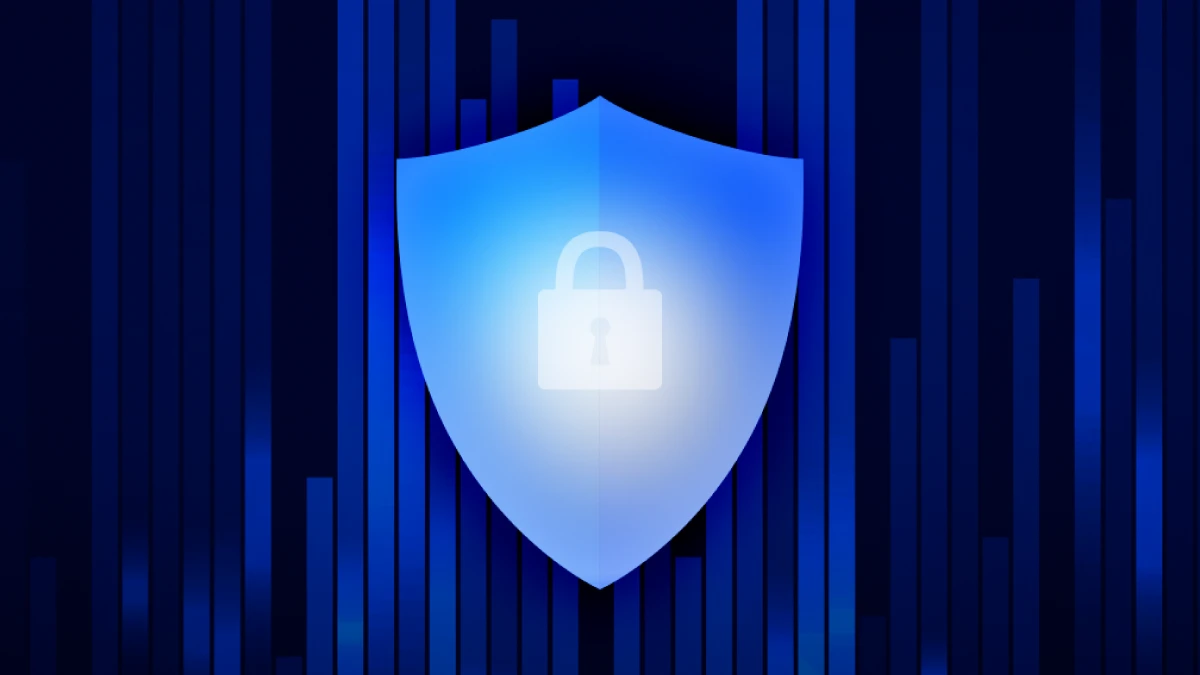The Risks of Tech in Small Business
In today’s digital age, small businesses increasingly rely on technology for various operations, from customer data management to internal communication. However, this reliance on technology comes with its own set of risks. A 2020 survey by the Canadian Federation of Independent Business (CFIB) highlighted that nearly half of small businesses experienced cyberattacks. This guide, “Small Business Cybersecurity: Understanding and Assessing Risks,” is a crucial resource for small business owners, especially those without extensive financial resources for IT teams or software.
Conducting a Risk Assessment
In the guide, I outline a straightforward five-step risk assessment process: identifying assets, evaluating vulnerabilities, identifying and evaluating threats, calculating impact, and calculating risk. I’ll summarize each step here.
-
Identify Assets: This involves cataloging every piece of information used in business operations. From customer data to the physical hardware and software assets, each needs to be identified and its sensitivity level determined.
-
Evaluate Vulnerabilities: Here, we assess the risks associated with our assets. These can range from technical issues like outdated software to human errors and physical vulnerabilities.
-
Identify & Evaluate Threats: This step involves identifying potential cyberattacks and other threats that could exploit vulnerabilities. It’s crucial to understand the likelihood and nature of these threats to prepare effectively.
-
Calculate Impact: This stage is about understanding the potential consequences, such as financial loss, operational downtime, or reputational damage, if threats exploit our vulnerabilities.
-
Calculate Risk: The final step involves bringing all the information together to get an overall risk profile for each asset. This involves weighting vulnerabilities, threats, and impacts to calculate a risk score.
From Assessment to Action
Understanding the risks is just the beginning. It’s vital to translate these findings into actionable steps. This involves prioritizing risks and applying targeted security measures. For instance, if a particular asset like API keys has a high risk score, it should be addressed immediately with appropriate security measures.
The Importance of Continuous Education and Adaptation
Cybersecurity is not a one-off task. It requires ongoing education and adaptation. Regular updates, continuous monitoring, and staff training are essential components of a robust cybersecurity strategy. Small business owners must stay informed and vigilant, adapting their strategies as new threats and vulnerabilities emerge.
Cybersecurity as an Investment in Your Business
This guide is not just about mitigating risks; it’s about making a smart investment in the longevity and success of your business. By understanding and managing cybersecurity risks, small business owners can protect their assets, build trust with their customers, and create a secure foundation for growth and success.
